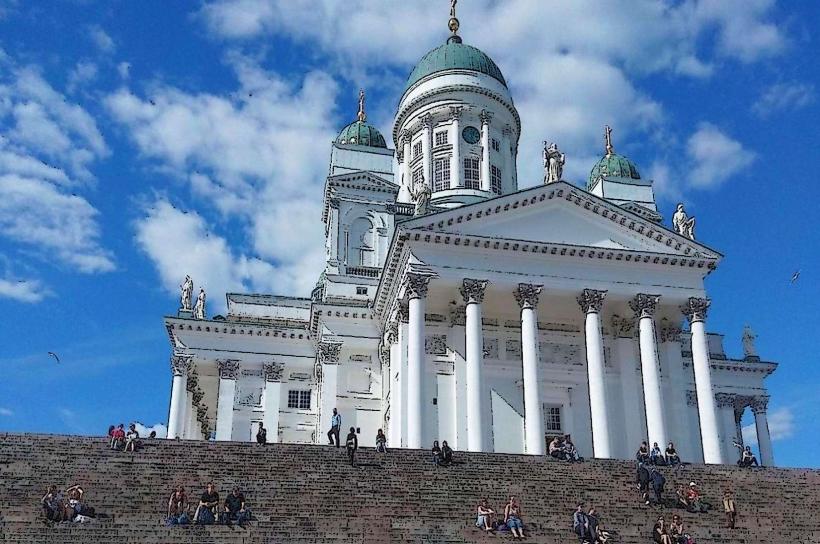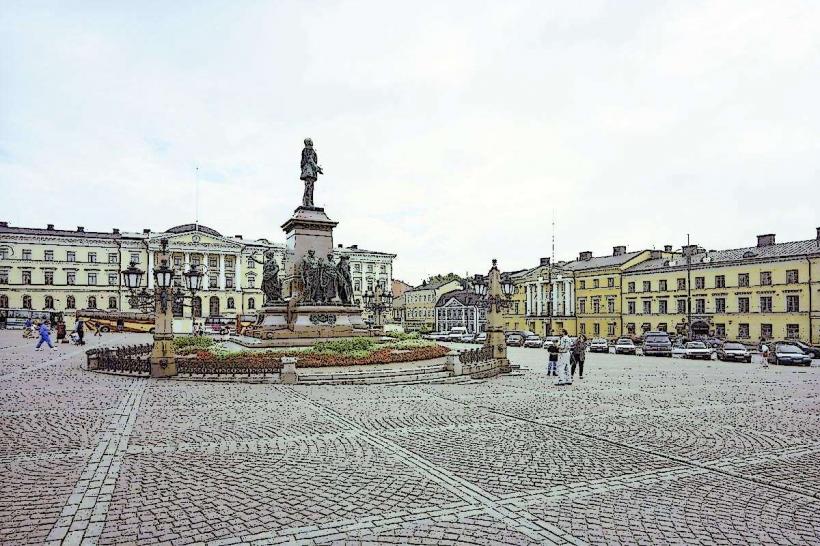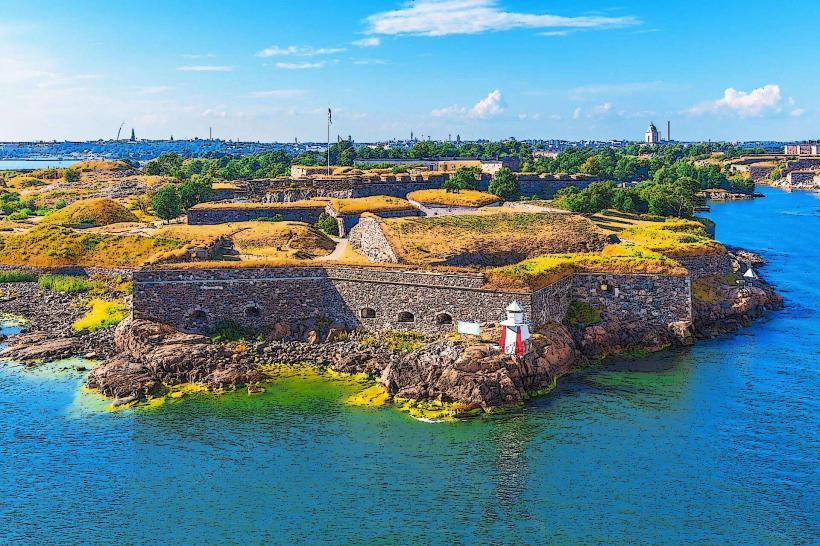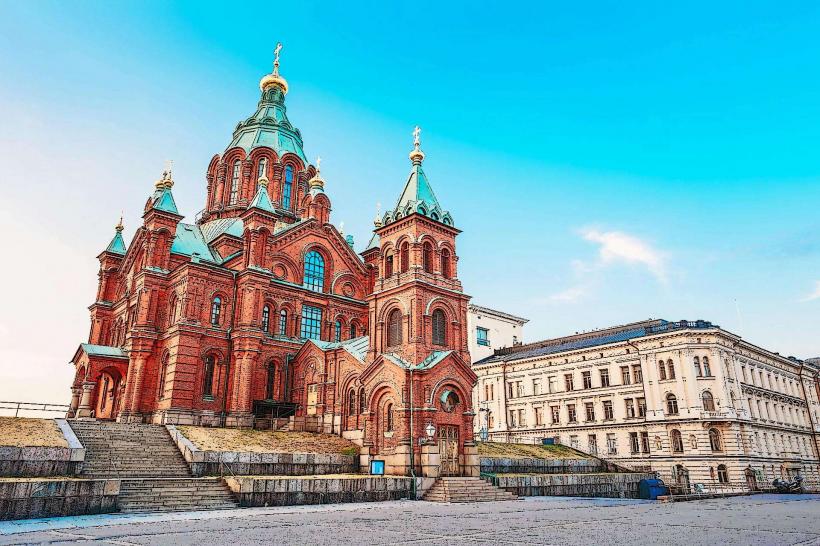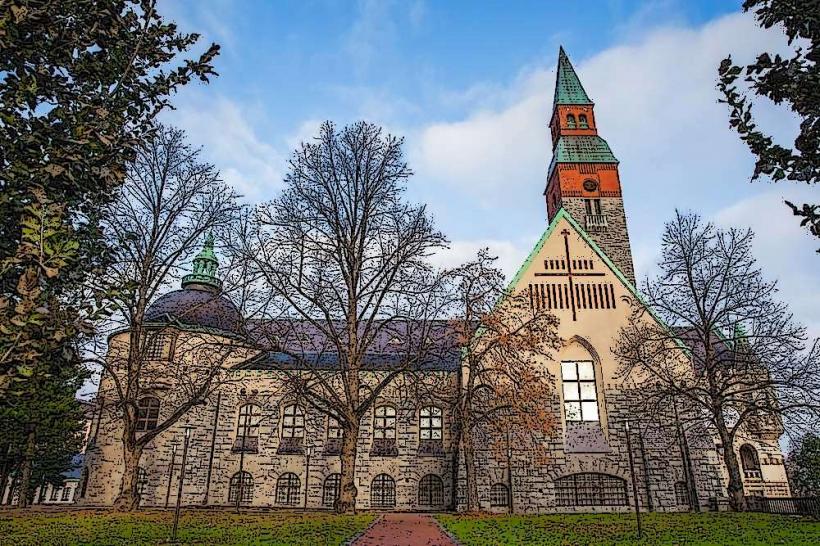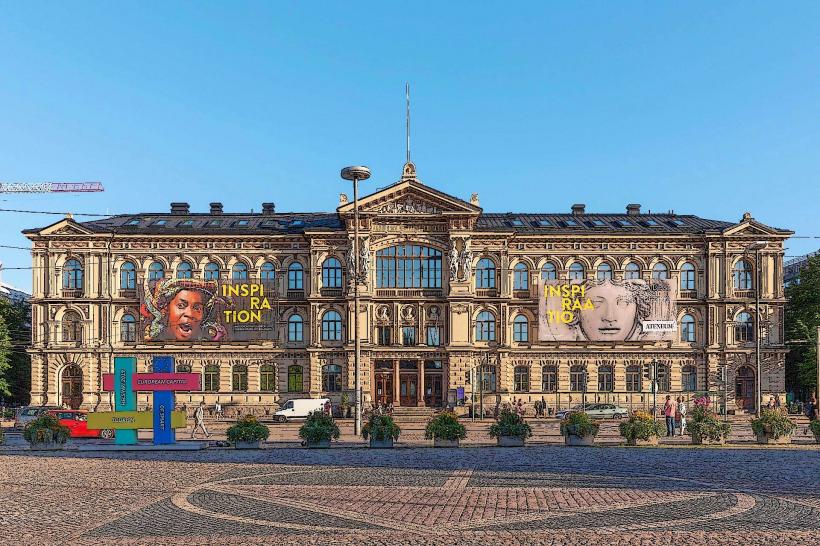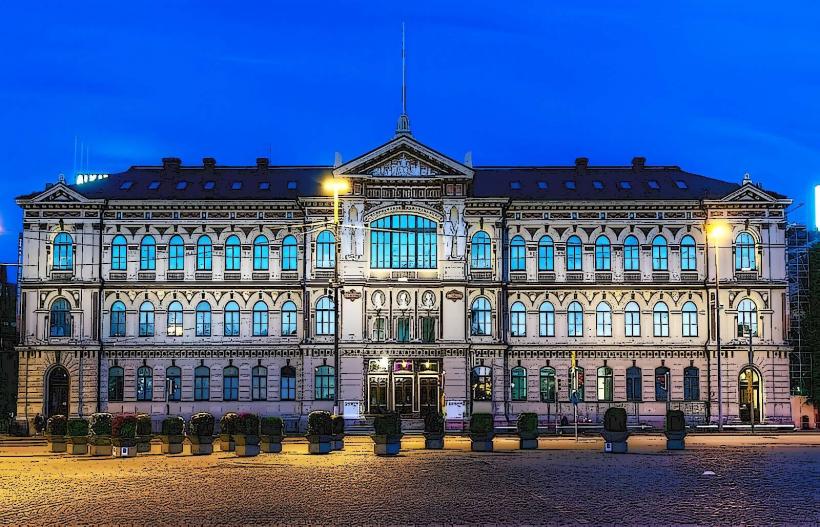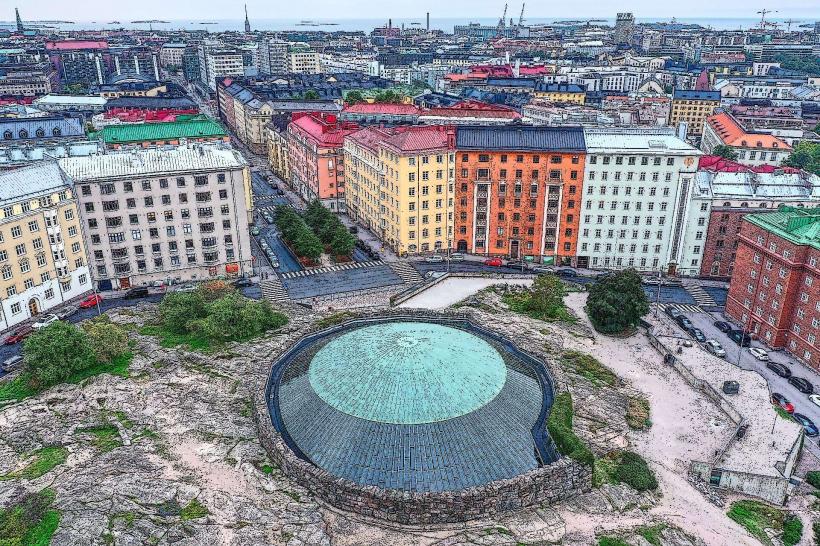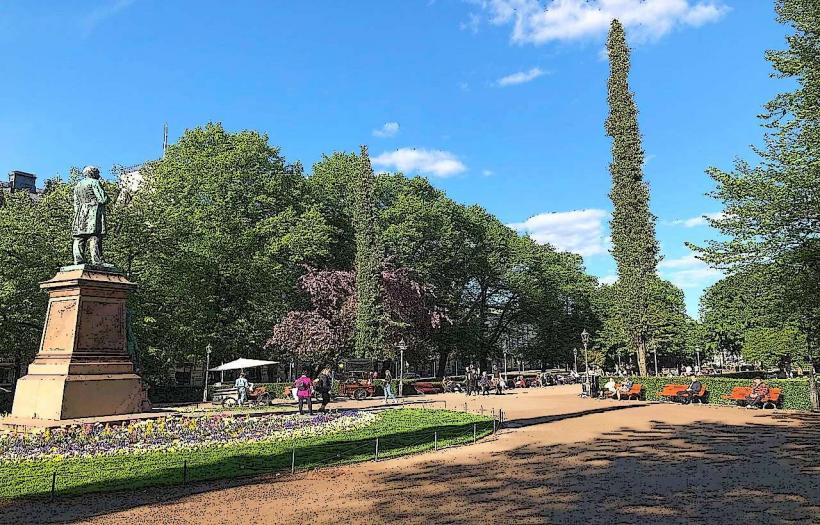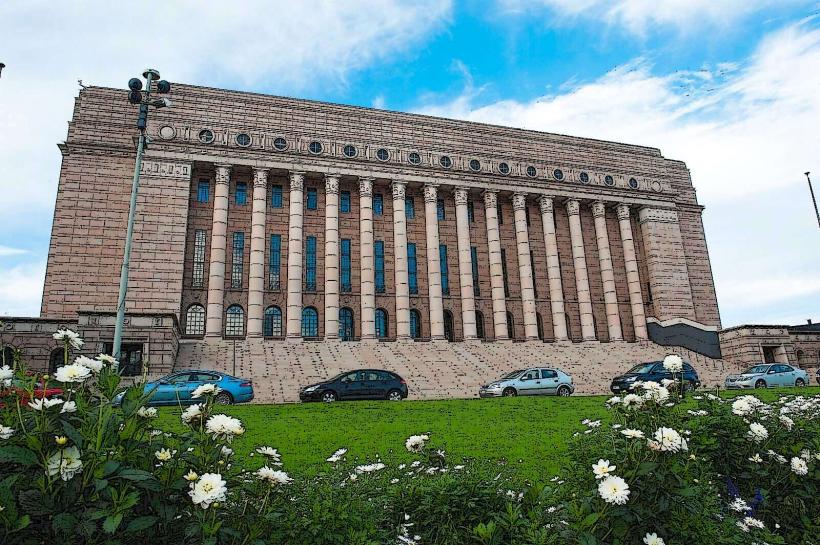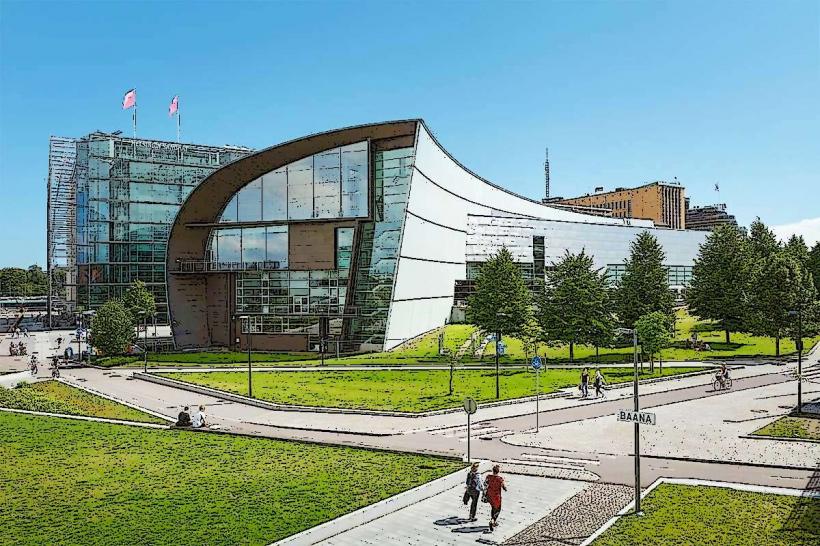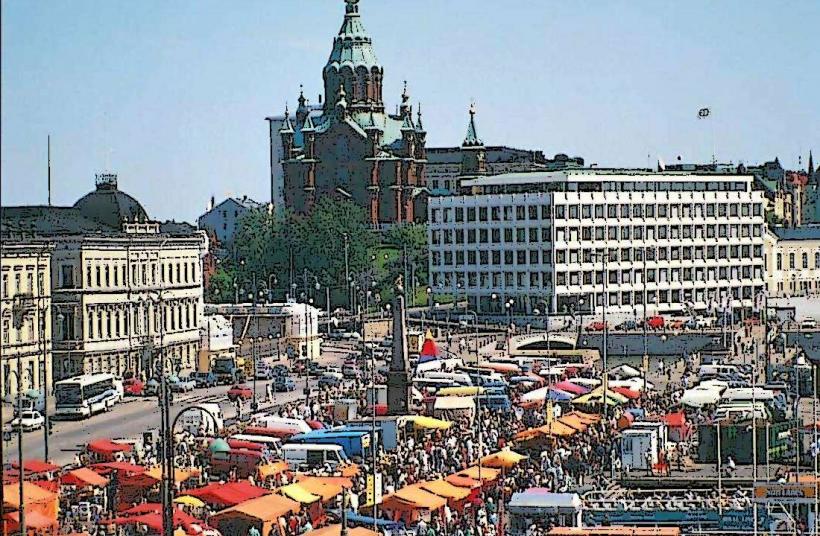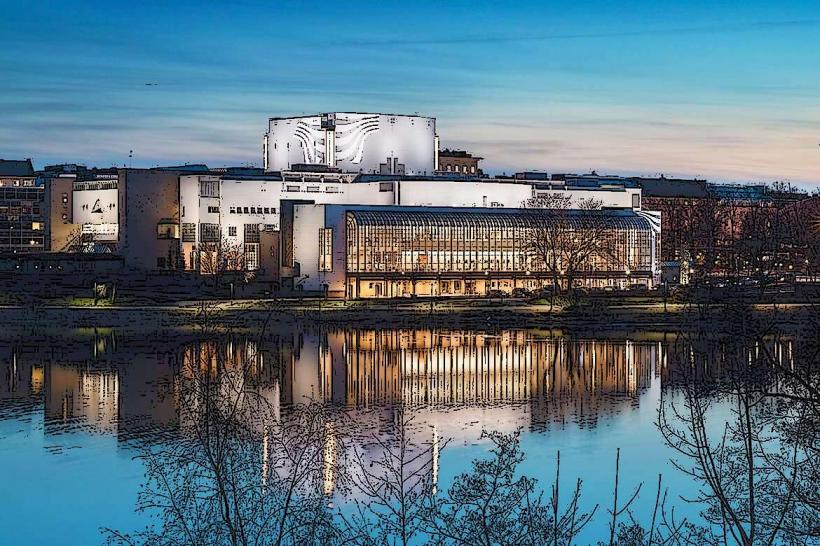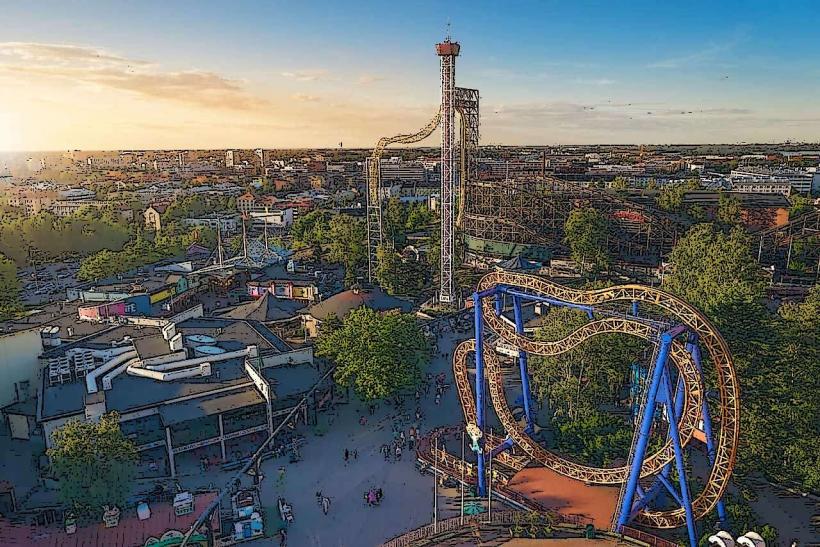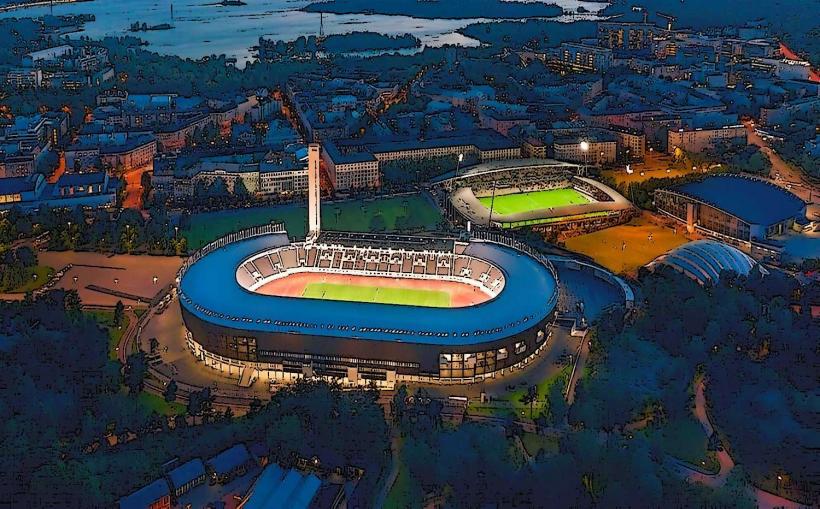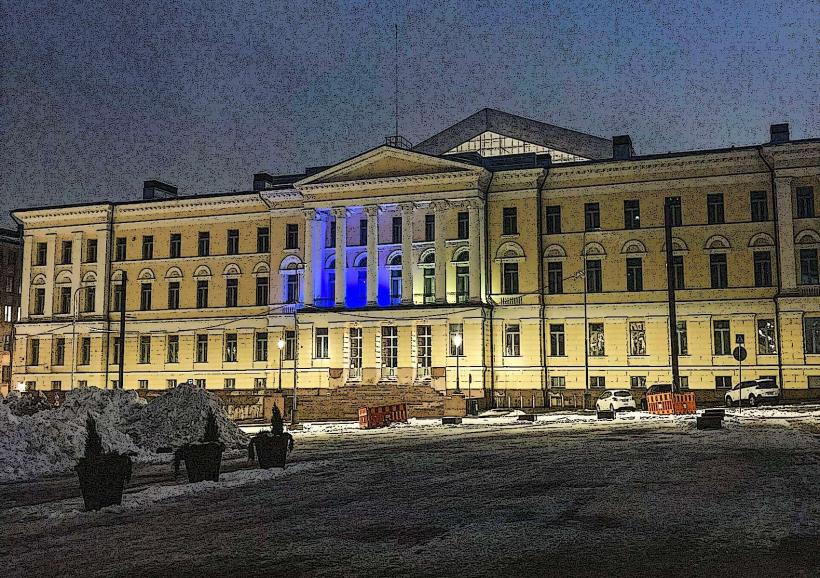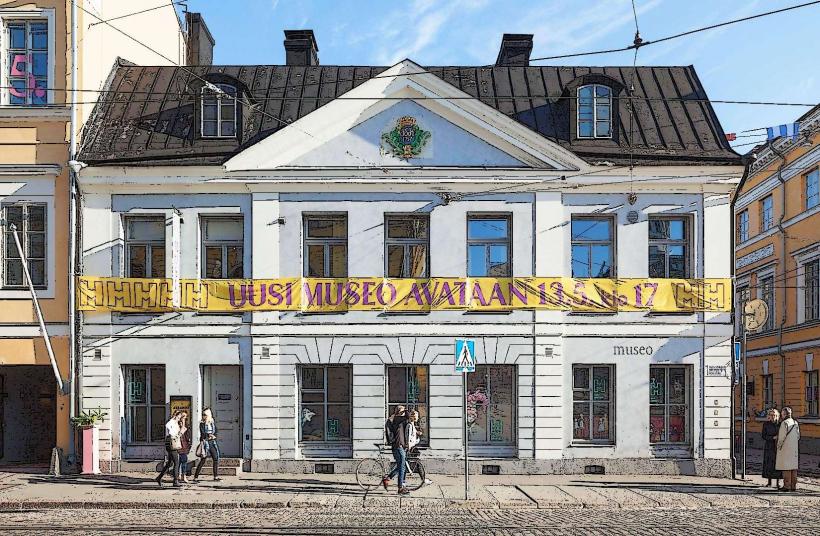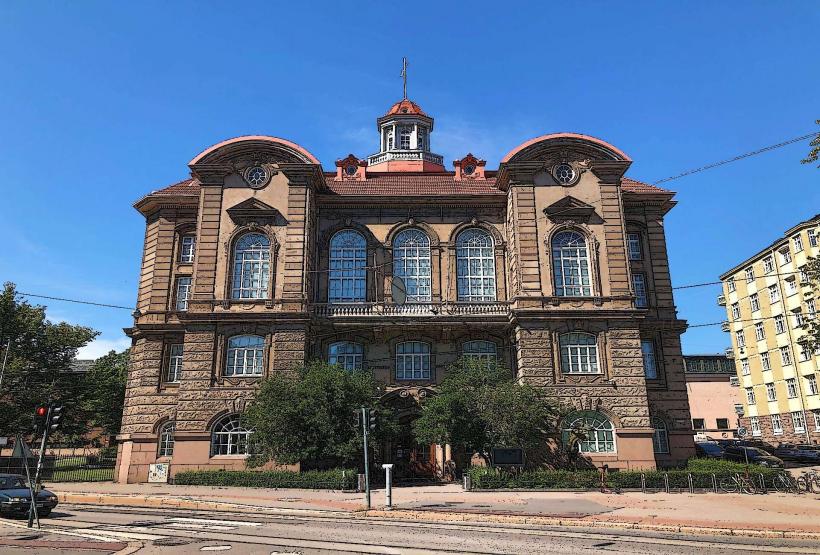Information
Landmark: Helsinki Central Railway StationCity: Helsinki
Country: Finland
Continent: Europe
Helsinki Central Railway Station (Helsingin päärautatieasema) is one of the most iconic landmarks in Helsinki, serving as the main railway hub of the city and a gateway to both domestic and international destinations. Known for its impressive architectural design and central location, the station is not only a vital transportation hub but also a significant cultural and historical site in the Finnish capital.
Historical Background
Helsinki Central Railway Station was opened in 1919, although the idea for a new central railway terminal had been discussed for decades. The need for a more modern and centrally located station arose as the city expanded and its railway network grew. The original station was located at a different site, and the decision to build a new, larger station was part of a broader effort to modernize Helsinki’s infrastructure during the early 20th century.
The station was designed by Eliel Saarinen, one of Finland's most celebrated architects, in collaboration with the architect firm A. A. Nykänen. The station was built in a National Romantic style, a movement that was inspired by Finnish folk traditions, nature, and the country’s rich cultural heritage. The design reflects a sense of grandeur, with classical elements that convey the importance of the station in the city's architectural landscape.
Architecture and Design
Helsinki Central Railway Station is known for its distinctive and striking design, blending Art Nouveau and National Romantic styles, which were popular during the early 20th century. The building features a combination of granite and brick, giving it a solid, imposing presence.
Key Features of the Architecture:
Facade:
- The building's facade is one of the station's most defining features. The main entrance is marked by an impressive clock tower, which has become a symbol of the station and is one of Helsinki's most recognizable landmarks. The tower is topped by a large clock, providing a point of reference for both travelers and passersby.
Lion Statues:
- At the front of the station are two massive stone lion statues that stand guard at the entrance. These lions have become a symbol of Finnish strength and pride. The lions are positioned in such a way that they look over the station’s visitors, creating a striking visual impression.
Main Hall:
- Upon entering the station, visitors are greeted by a grand main hall, which features high ceilings and large, arched windows that allow natural light to flood the space. The hall is designed to be both functional and visually impressive, serving as a waiting area for travelers.
Ticket Hall:
- The ticket hall is another highlight of the station, with a spacious and airy feel. The hall is lined with marble and decorated with ornamental details that reflect the grandeur of the building’s design.
Platform and Train Sheds:
- The station's platforms are located underground, beneath the main building. The design of the platforms and train sheds emphasizes functionality while maintaining the overall aesthetic of the station. The station’s underground areas have been modernized over time, but they retain many of the original architectural features.
Art Nouveau and Decorative Elements:
- Inside the station, you can find decorative ironwork, ceramic tiles, and other ornamental elements that reflect the Art Nouveau style. The building also contains stained glass windows and carved wood details, adding to its artistic appeal.
Functions and Importance
Helsinki Central Railway Station is not only an architectural gem but also a major transportation hub for the city. It is the central point for local and long-distance trains, providing connections to various parts of Finland and beyond.
Key Functions:
Domestic and International Connections:
- The station serves as the terminus for domestic trains to various cities across Finland, including Tampere, Turku, and Rovaniemi. It is also connected to international rail networks, particularly to Russia via the Allegro and Sapsan high-speed trains, which travel between Helsinki and St. Petersburg and Moscow.
Subway and Tram Connections:
- In addition to trains, Helsinki Central Railway Station is also connected to the Helsinki Metro and several tram lines. The station serves as a key point of transfer for commuters using public transportation to get to different parts of the city.
Commercial Services:
- The station is home to a wide range of shops, restaurants, cafes, and services. The underground level contains numerous stores, including Finnish retail chains and international brands, catering to both commuters and tourists. The station also houses several services such as currency exchange and a tourist information center, making it a convenient stop for travelers.
Travel Hub:
- Helsinki Central Railway Station is a bustling travel hub, handling over 200,000 passengers daily. It is a vital part of Helsinki's transportation network, facilitating easy movement across the city and the country. The station is particularly busy during peak travel seasons, especially during the summer months when tourists flock to Helsinki.
Renovations and Modernization
While the station has retained its original architectural beauty, there have been several renovations and modernizations over the years to improve functionality and meet the needs of modern travelers.
Recent Renovations: In recent decades, the station has undergone several renovation projects aimed at improving accessibility and comfort. The platform areas and the underground passageways have been updated with better signage, escalators, and facilities for people with reduced mobility.
Integration of Technology: The station has integrated modern technology to streamline the travel experience, including digital ticketing systems, real-time train departure and arrival information, and a centralized system for train schedules.
Cultural and Symbolic Importance
Helsinki Central Railway Station is not just a transportation hub but also a symbol of Finland's national identity and architectural heritage. Its distinctive design and central location in the city make it an essential part of Helsinki’s visual landscape.
- The station is a point of pride for Helsinki and Finland, symbolizing the country's growth and modernization during the early 20th century.
- The lion statues at the entrance have become iconic symbols of Finland’s strength, and the station is often depicted in photographs, postcards, and artworks, making it a cultural and historical icon for both locals and visitors.
Visitor Experience
Visitors to Helsinki Central Railway Station can enjoy more than just its role as a transportation hub. The station's architecture and design make it a destination in its own right, especially for those interested in architectural history.
Guided Tours: Although the station itself does not offer formal tours, visitors can explore its features on their own. The nearby Helsinki Tourist Information Center offers various walking tours that may include a stop at the station.
Dining and Shopping: The station’s commercial offerings, including cafes and restaurants, provide a convenient stop for travelers. The station is also a good place to shop for Finnish products, souvenirs, and gifts.
Public Art: The station's public spaces, including its waiting areas and concourses, display Finnish public art and sculptures, adding to the cultural value of the location.
Conclusion
Helsinki Central Railway Station is a major architectural and cultural landmark in Finland, offering both functional transportation services and a stunning example of early 20th-century design. Its historic significance, coupled with its modern amenities, makes it a key part of Helsinki’s infrastructure and a must-visit destination for anyone exploring the city. Whether you're passing through as a traveler or simply admiring its design, the station is an essential stop in the heart of Helsinki.

